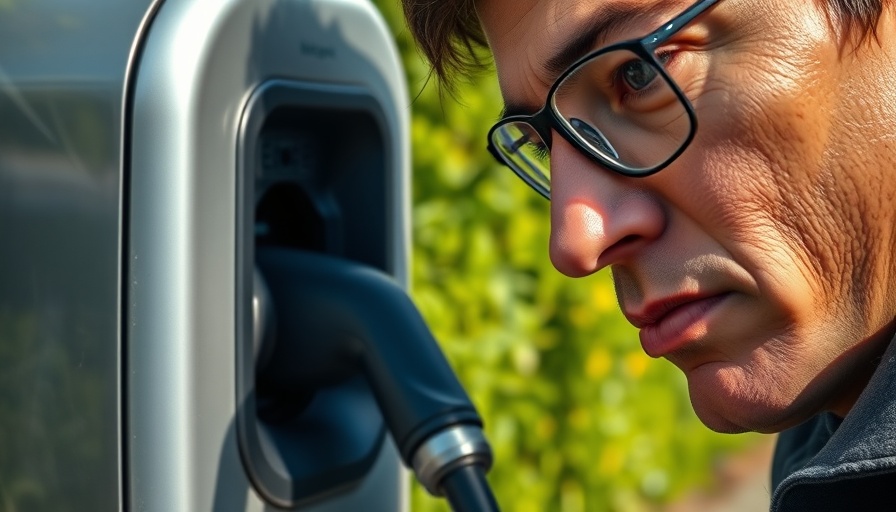
Fifth Third's Q4 Charge-Off Increase: A Sign of Market Trends?
The recent announcement from Fifth Third Bank regarding its rise in auto net charge-offs during the fourth quarter has sparked discussions among finance professionals in the automotive sector. With charge-offs up significantly, it raises questions about the financial health of the auto lending market and how dealer principals, general managers, and finance managers can adjust their strategies accordingly.
Understanding Charge-Offs: What Do They Mean?
Charge-offs in the auto finance industry occur when lenders determine that a borrower’s debt is uncollectable, often after several missed payments. An increase in charge-offs typically signifies a higher default rate, which can indicate underlying economic troubles or shifts in consumer behavior. This trend can lead to more cautious lending practices and adjustments in financing operations across the industry.
Rise in Indirect Secured Consumer Portfolio
Interestingly, Fifth Third's indirect secured consumer portfolio showed an 8.7% increase, contrasting with the rise in charge-offs. This discrepancy suggests that while the bank is expanding its portfolio, it may be facing challenges in collecting on loans. Understanding this dynamic is crucial for dealership finance managers, as it could impact their lending options and strategies moving forward.
Implications for Automotive Retailers
As finance managers absorb this news, it's critical to evaluate how rising charge-offs and portfolio growth impact their dealerships. With potential changes in credit qualifications and lending practices on the horizon, finance teams will need to Strategize effectively. This could mean tightening credit standards for customers or diversifying financing options to attract a broader clientele.
Future Trends and Preparing for Changes
Forecasting the future of the auto finance landscape requires a proactive approach. As the industry adapts to these challenges, finance teams should keep abreast of economic indicators that may affect borrower behavior. Enhancements in data analytics, consumer credit assessments, and a deeper understanding of market dynamics will empower finance managers to make informed decisions and reduce risk.
Conclusion: Navigating Uncertain Waters
The increase in Fifth Third's net charge-offs during Q4 is a pivotal moment for the automotive finance sector. Dealer principals, general managers, and finance managers must consider these trends when making strategic decisions in their retail sales and financing operations.
 Add Row
Add Row  Add
Add 




Write A Comment